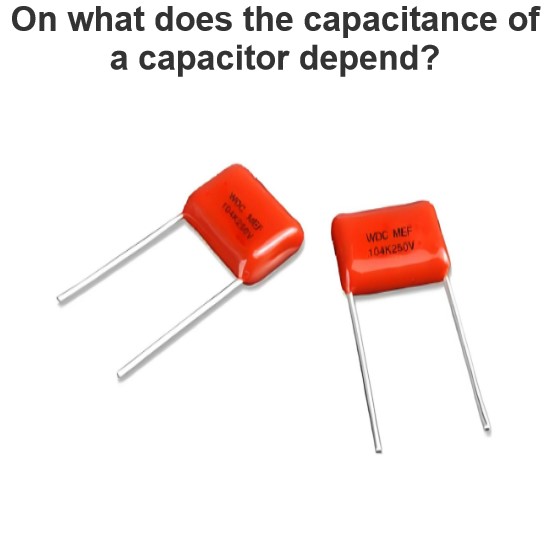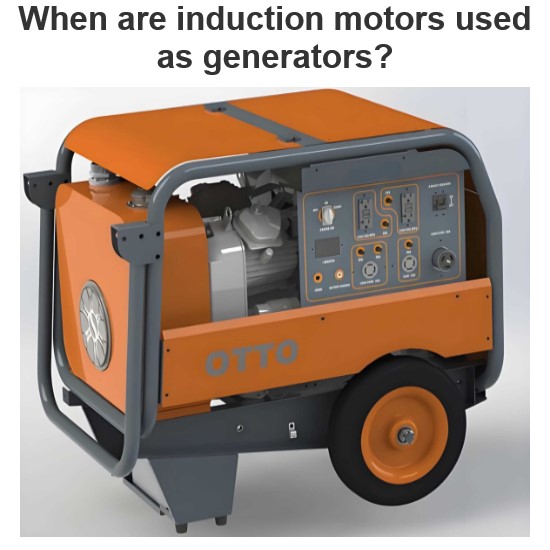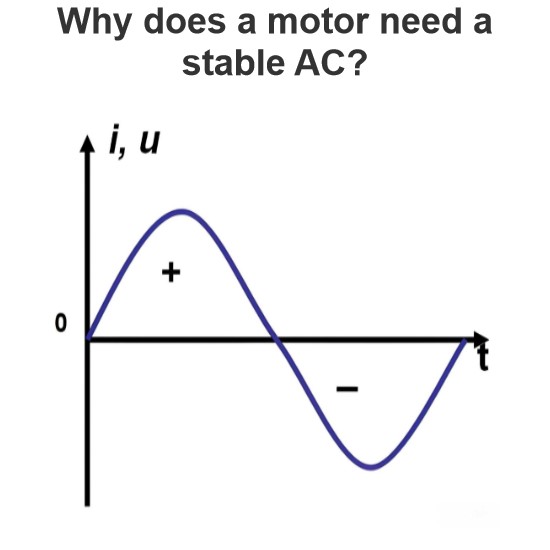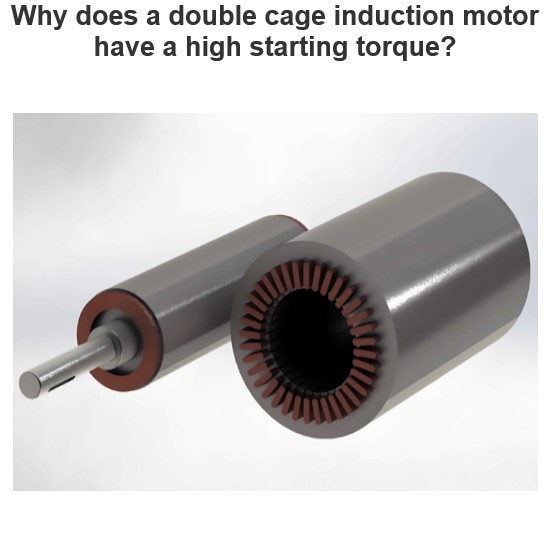What are the starters employed in AC motors?
Types of Starters Used for AC Motors
Starters for AC motors are used to control the current and torque during the motor's starting process to ensure smooth and safe startup. Depending on the application and motor type, there are several types of starters available. Here are the most common ones:
1. Direct-On-Line Starter (DOL)
Working Principle: The motor is directly connected to the power supply, starting at full voltage.
Application Range: Suitable for small power motors, with high starting current but short starting time.
Advantages: Simple structure, low cost, easy maintenance.
Disadvantages: High starting current, potential impact on the power grid, not suitable for large power motors.
2. Star-Delta Starter (Y-Δ Starter)
Working Principle: The motor starts in star (Y) configuration and then switches to delta (Δ) configuration after startup.
Application Range: Suitable for medium power motors, can reduce starting current.
Advantages: Lower starting current, less impact on the power grid.
Disadvantages: Requires additional switching mechanisms, higher cost, lower starting torque.
3. Auto-Transformer Starter
Working Principle: Uses an auto-transformer to reduce the starting voltage, and then switches to full voltage after startup.
Application Range: Suitable for medium and high power motors, allows flexible adjustment of starting voltage.
Advantages: Lower starting current, adjustable starting torque, less impact on the power grid.
Disadvantages: Complex equipment, higher cost.
4. Soft Starter
Working Principle: Gradually increases the motor voltage using thyristors (SCRs) or other power electronic devices to achieve smooth startup.
Application Range: Suitable for motors of various power levels, especially in applications requiring smooth startup and shutdown.
Advantages: Lower starting current, smooth startup process, less impact on the power grid and mechanical systems.
Disadvantages: Higher cost, requires complex control circuits.
5. Variable Frequency Drive (VFD)
Working Principle: Controls the motor speed and torque by changing the output frequency and voltage.
Application Range: Suitable for applications requiring speed regulation and precise control, widely used in industrial automation and energy-saving systems.
Advantages: Lower starting current, smooth startup process, variable speed control, good energy efficiency.
Disadvantages: High cost, requires complex control and maintenance.
6. Magnetic Starter
Working Principle: Controls the motor's on/off state using electromagnetic relays, often combined with overload protection devices.
Application Range: Suitable for small and medium power motors, providing overload protection.
Advantages: Simple structure, low cost, easy operation, includes overload protection.
Disadvantages: High starting current, some impact on the power grid.
7. Solid-State Starter
Working Principle: Uses solid-state electronic devices (such as thyristors) to control the motor's startup process.
Application Range: Suitable for applications requiring smooth startup and fast response.
Advantages: Lower starting current, smooth startup process, fast response.
Disadvantages: Higher cost, requires complex control circuits.
Summary
Choosing the right starter depends on factors such as motor power, load characteristics, starting requirements, and economic considerations. Each type of starter has its own advantages and disadvantages and is suitable for different applications.
The Electricity Encyclopedia is dedicated to accelerating the dissemination and application of electricity knowledge and adding impetus to the development and innovation of the electricity industry.




